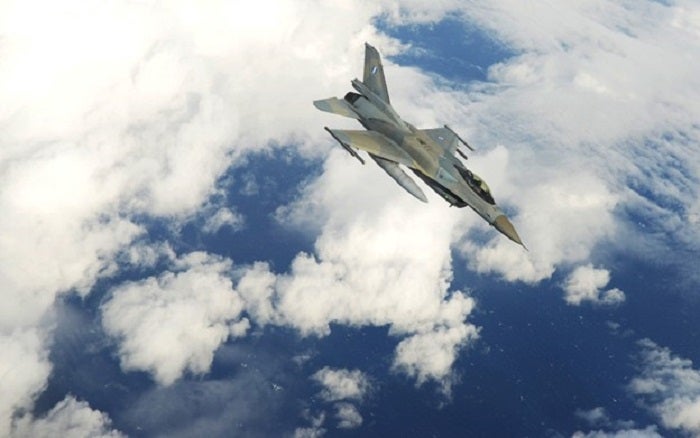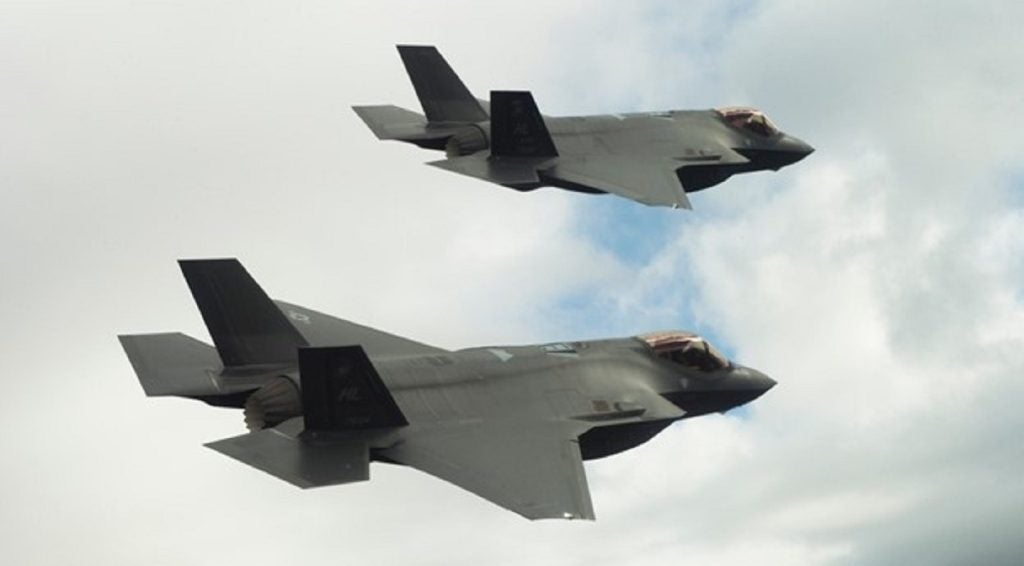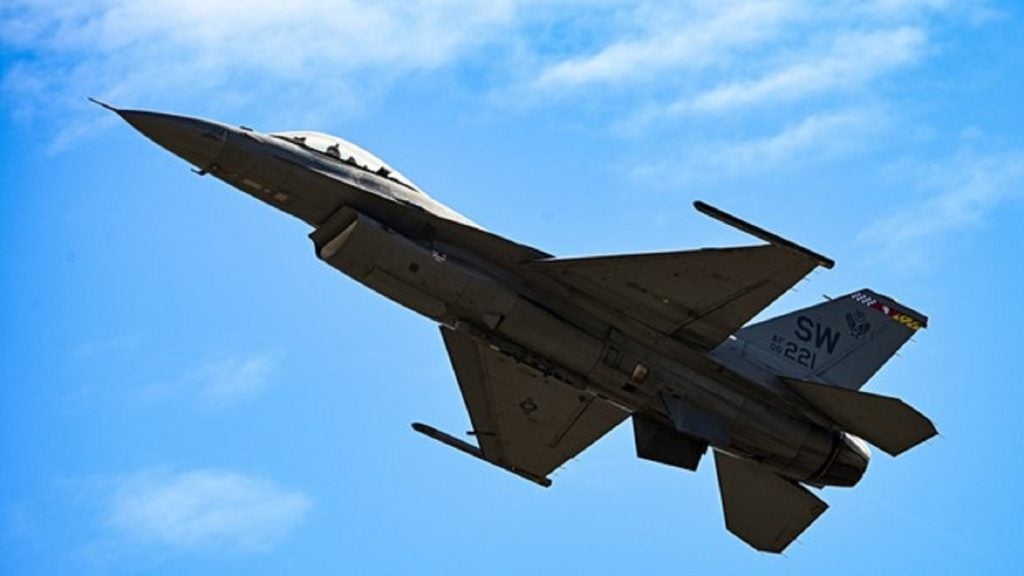The US State Department has approved a foreign military sales (FMS) request from the Greek Government to purchase 40 F-35A Lightning IIs and relevant equipment in a deal worth $8.6bn (€7.9bn).
Congress was notified of this possible sale form the Defense Security Co-operation Agency (DSCA) on 26 January 2024.
This multi-role aircraft has become the standard fighter jet in the Nato military alliance. As of December 2023, the programme has delivered 900 aircraft to the armed forces and FMS customers.
In support of the Hellenic Air Force’s new fleet, the deal also comprises 42 Pratt & Whitney F135-PW-100 engines (40 installed, two spares); KGV-135A embedded secure communications devices; full mission simulators and system trainers; electronic warfare systems and reprogramming laboratory support; threat detection, tracking, and targeting systems; Contractor Logistics Support (CLS); classified software and software development, delivery and integration support among a range of other equipment.
Besides kitting out a Nato ally located on the alliance’s southern flank, DSCA explained that the “F-35 will offset the increasing obsolescence of other Hellenic Air Force aircraft such as the F-4 and Mirage 2000.”
According to the leading intelligence consultancy GlobalData, the Air Force currently operates 31 units of the F-4E variant, originally procured between 1974 and 1976. Meanwhile the Mirage 2000 was acquired in the 1980s.
The service also uses C and D variants of the F-16, however its latest modernisation Block 52M.

Notably, this deal was approved at the same time the US also granted Turkey 40 additional F-16s and the Viper modernisation of its existing 79 units.
"As far as Turkey's timing with Greece, I can't see a connection. The Greek purchase appears to be a normal F-35 acquisition, while the Turkish sale is related to Congressional approval and its recent approval of Sweden's entry into Nato," GlobalData Defence Analyst Wilson Jones observed.
F-35 faces modernisation setback
Although the F-35 is rightly considered a huge asset to Nato fleets around the world the US Department of Defense has experienced cost growth and delays in delivering essential surviuvability updates, according to extensive insight into the programme from the US Government Accountability Office (GAO).
Originally due to be completed in 2026 and determined to cost $10.6bn, the Block 4 programme has risen to $16.5bn and is now estimated to conclude in 2029 the GAO reiterated, already having voiced concern in May 2023.
Block 4 capabilities require more power and cooling than anticipated, which has prompted the DoD to modernise the overworked F135 engine.
This presents the Hellenic Air Force with a bitter sweet advancement in the nation’s aerial capabilities.












